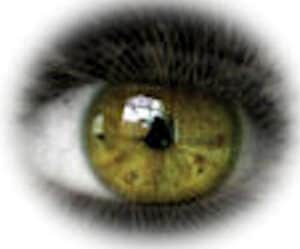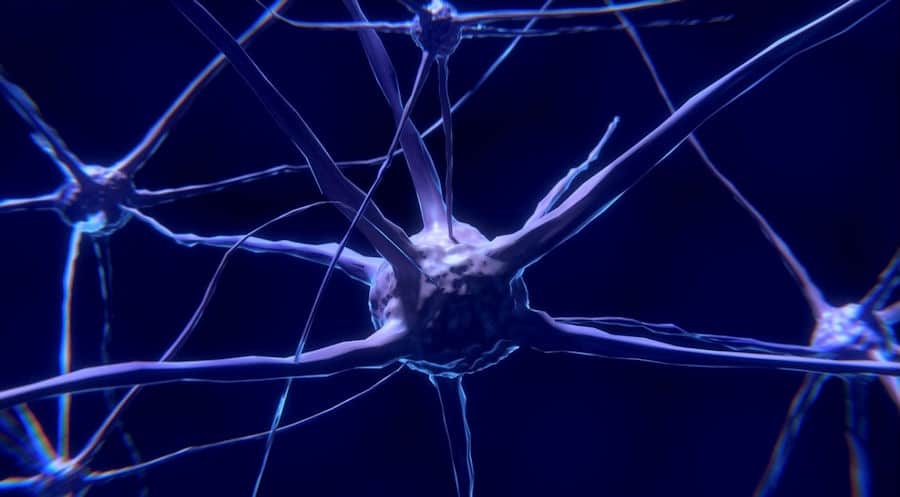Zinc and selenium are two minerals commonly found in multi-vitamins. They are each involved in maintaining ocular cell function. They work in conjunction with other proteins and enzymes in the retina, cornea, and lens.
How Does Zinc Help the Eyes?
Zinc is found in high concentrations in the retina and its supporting cells called the retinal pigment epithelium. Studies have determined it has many functions within the eye, all of which are not completely understood.
Bioactivity of zinc incudes:
- Zinc works with enzymes for photoreceptor function of the retina,
- Important for aiding the retinal pigment epithelium, for the absorption of UV light, and
- aids in boasting immunity and reducing inflammation.
What is the Clinical Research on Zinc and the Eye
Zinc was included in the Age-Related Eye Disease Study (AREDS and AREDS 2) because it is found in high concentrations in ocular tissue. Previous studies have shown that there is a decrease in zinc in the macular area as we get older. Studies are inconclusive as to whether zinc alone will decrease the progression of ARMD, but the AREDS study found that zinc in combination with antioxidants did decrease the progression of intermediate and advanced stages of ARMD by 25%.
Previously mentioned, it is thought to have multiple functions, all of which are not completely understood. It is thought to play a role in preventing cataracts, needed for corneal healing, and possibly a role is retinitis pigmentosa and thyroid eye disease. More clinical research is underway.
What are the Food Sources of Zinc?
Zinc is found in many foods as a trace mineral: shellfish, meat, poultry, dairy products, beams, mushrooms, nuts, seeds, and grains.
A deficiency in zinc can result in:
- An inability to adapt to changes in light levels,
- night blindness,
- cataracts, and
- optic nerve disease.
Individuals who are at risk for zinc deficiency are those who have a problem absorbing zinc such as;
- those with chronic gastrointestinal disorders,
- alcoholics,
- diabetics,
- the elderly who are poorly nourished, and
- those with sickle cell disease.
Vegetarians are also at risk for zinc deficiency because the most available sources of zinc are from animal products.
Excess of zinc has been associated with suppression of the immune system, an increase in metastatic prostate cancer in men, and urinary tract complications.
Supplementing with Zinc
As a side note: copper is taken with zinc, to offset a depletion in copper which may occur due to increased zinc consumption, because zinc and copper compete for absorption in the intestines.
What Does Selenium Do for the Eyes?
Selenium is a trace mineral, similar to zinc, which works with antioxidants. It is important for the absorption of vitamin E. It is necessary for normal endocrine function and immunity. It is thought to play a role in reducing the progression of eye symptoms in autoimmune thyroid disease.
Clinical Studies of Selenium and the Eye
Although selenium was not a supplement of the AREDS, it is important because of its role in the absorption of vitamin E. Because of its relationship to the function of antioxidants and enzymes it is integral for reducing oxidative stress.
Recent research suggests it is an Important co-factor in the function of the thyroid gland. There has been success utilizing ant-thyroid drugs in conjunction with selenium supplements to treat Grave’s disease and autoimmune thyroiditis.
Animal studies in which rats or mice deprived of selenium developed cataracts. On the flip side, when given excessive amounts of selenium, it was toxic and caused cataracts. (Ref: Selenium, selenoproteins and vision )
A recent Japanese study, which was looking at autologous serum eye drop as an effective method for treating dry eye, found that selenium, in its organic form selenoprotein P, was an integral to the effectiveness of autologous serum eyedrops. (Autologous serum eyedrops are made from the blood serum of the individual who is to be treated for dry eye or corneal disease. ) The selenium acts in conjunction with antioxidants and enzymes in the serum eyedrops to reduce the oxidative stress which is causing corneal disease or dry eye.
What are the Food Sources of Selenium?
Selenium is found widely in the soil. It is found in highest levels in vegetables such as onions, asparagus, cabbage and broccoli and seafood, such as tuna. The amount found in vegetables is dependent on soil levels of the selenium. There are areas of the world where the soil is rich in selenium, and others, such as China and New Zealand, which are poor in selenium.
A deficiency of selenium results in reduced immunity and increased inflammation.
Supplementing with Selenium
The recommended dietary allowance is 55 – 70 micrograms(mcg)/ day for adults. Not all eye vitamins include selenium. It is commonly found in multi-vitamins, usually in the 34 to 125 micrograms range. A few formulas, especially those marketed to men over 50 will have upwards of 200 micrograms.
To learn more about vitamin E: Vitamins C and E: Anti-oxidants for the Aging Eye
In the End…
Zinc and selenium are naturally occurring minerals essential for the absorption of other essential vitamins. Both are effective in helping with the anti-oxidant activity of other nutrients to reduce oxidative stress. They are also thought to aid in enzyme activity, immunity, and endocrine function.
More about eye vitamins for macular degeneration: 3 Best Supplements for Prevention of Macular Degeneration

